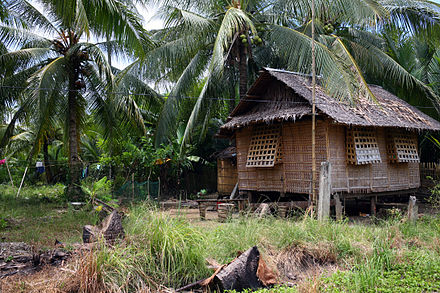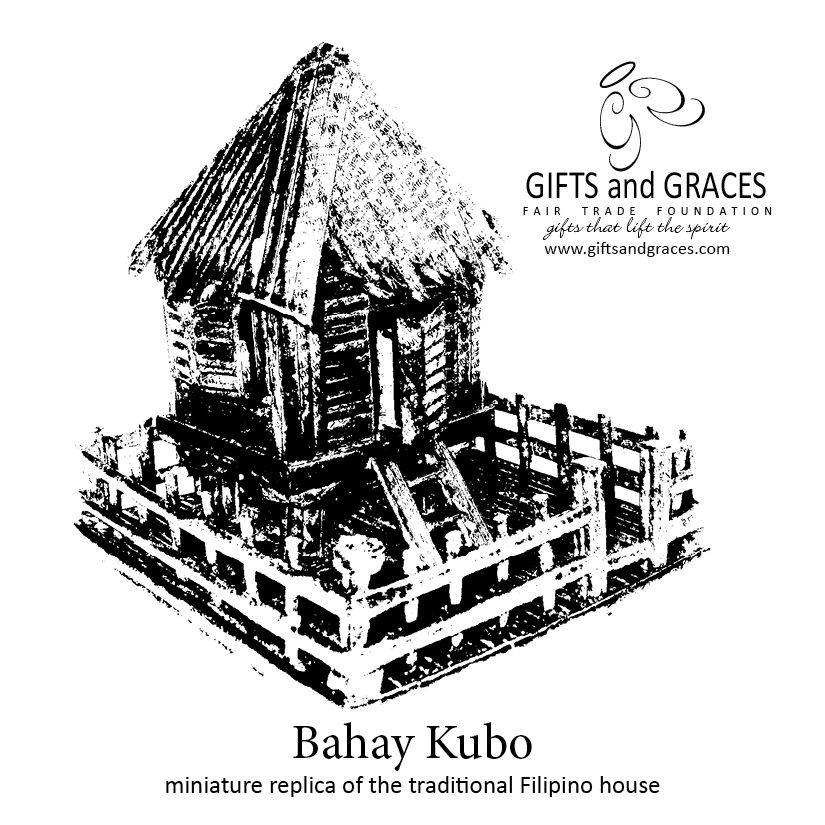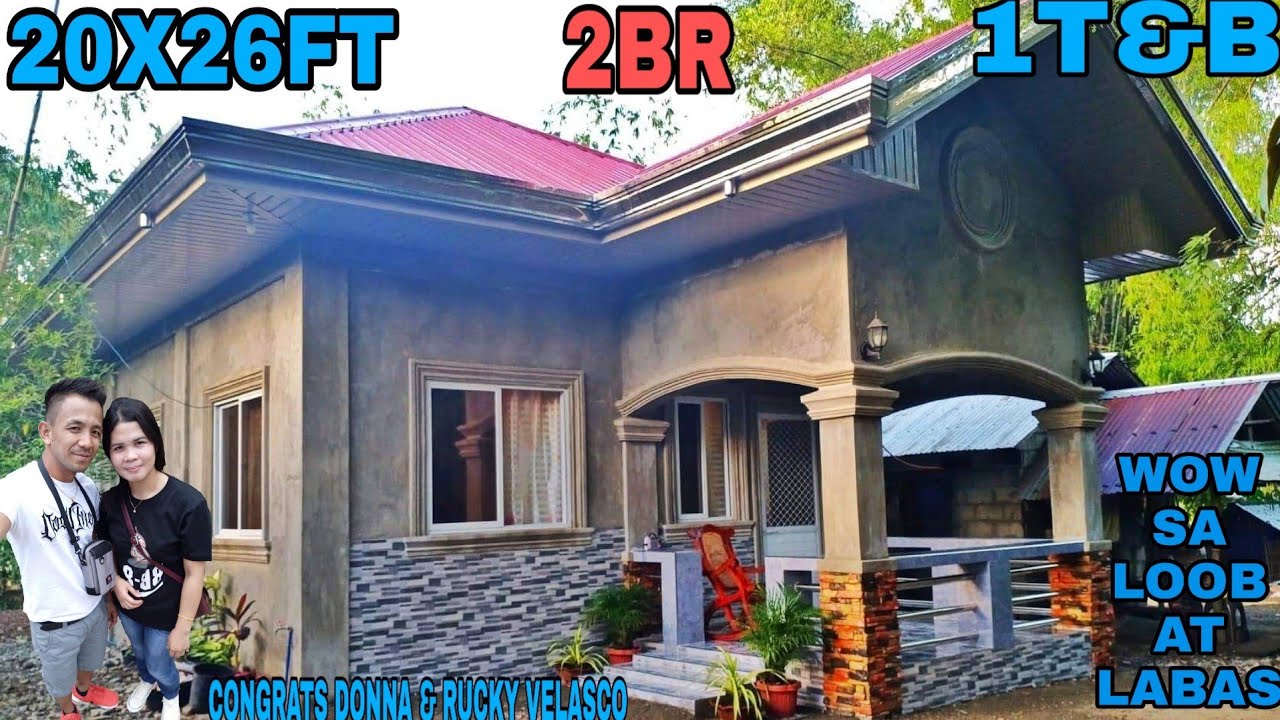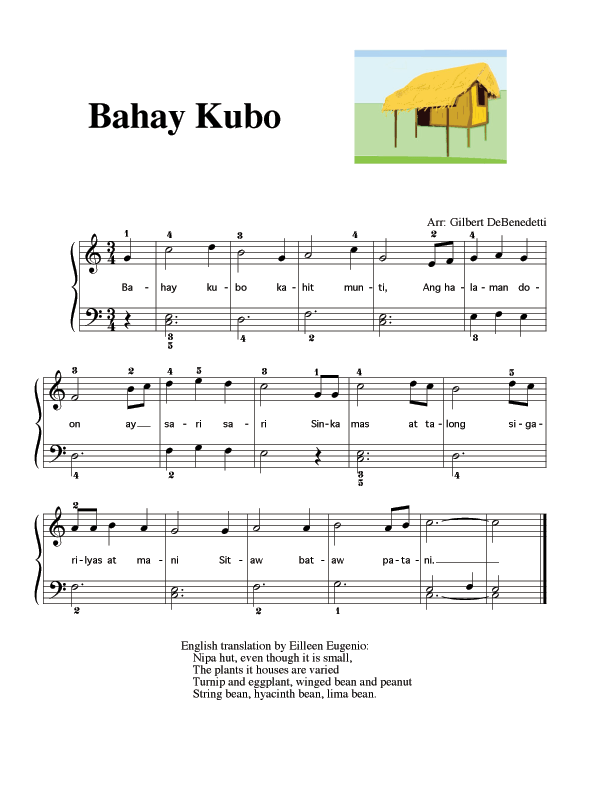
Bahay kubo place of origin in the philippines – Garlic and labanos radish possibly SEAsian in origin. Paru-Parong bukid is a traditional Filipino folk song which originated from Mariposa Bella a Filipino song in Spanish originated in the 1890s.
Bahay kubo place of origin in the philippines

Bahay kubo place of origin in the philippines. The Philippines Where does bahay kubo song originated. Bahay Kubo literally translates as Cubed House. Bahay Kubo literally translates as Cubed House.
The name comes from when American teachers went to the Philippines to teach. Réponse publiée par. The bahay kubo was the standard structure used for homes in the Philippines before the Spaniards arrived.
In 1924 it was included in a collection of Filipino folk songs compiled by Emilia S. Bahay kubo near my wifes house. Music 01102021 0955 smith21 COUNTRY OF ORIGIN SONGS Burung Kaka Tua Rasa Sayang Bahay Kubo Loi Loi Krathong Pamulinawen.
It tells of a small hut kubo in Tagalog with the variety of vegetables surrounding it. Bahay Kubo literally translates as Cubed House. The bahay kubo still exists today especially in.
This is also a pop. Bahay kubo is a song from Tagalog-language folk song from the lowlands of Luzon Philippines. It is a traditional form of courtship music in which a man woos a woman by singing.
The name comes from when American teachers went to the Philippines to teach. Bahay Kubo by Hermès Alègrè. The rural bahay kubo evolved into a more modern house usually made of concrete and hollow blocks like my wifes native house in Bulacan with a metal roof on top where much of the one-room lifestyle remained basically intact.
It is also known as payag or kamalig in other languages of the Philippines. The Bahay kubo or nipa hut is a type of stilt house indigenous to the cultures of the Philippines. The name comes from when American teachers went to the Philippines to teach.
Modern Housing in the Philippines. The bahay kubo was the standard structure used for homes in the Philippines before the Spaniards arrived. They were fascinated by the square houses that comprised of just one room.
Bahay kubo was usually sang by Filipino school children and as familiar as the Alphabet Song and Twinkle Twinkle Little Star of the west5 It is well known by Filipinos of all ages. A bahay kubo also known as a NIPA hut is a type of stilt house home to the cultures of the Philippines. Bahay Kubo is a traditional Tagalog Filipino folk song credited to have been written by 1997 National Artist for Music Felipe Padilla de León that has been passed down through generations.
Bahay Kubo is a traditional Filipino folk song. In the first place the term Filipino itself. Who wrote bahay kubo.
Bahay kubo kahit munti Nipa hut. The song is about a bahay kubo a house made of bamboo with a roof of nipa leaves surrounded by different kind of vegetables and is frequently sung by Filipino school children the song being. Many homeowners in the Philippines now opt to build homes that are made almost entirely of concrete but there are still those who want to live or at least occasionally spend time in a bahay kubo the traditional house that Filipinos used to live in.
The nipa hut or bahay kubo is a type of stilt house indigenous to the cultures of the Philippines. The Bahay Kubo is one of the most illustrative and recognized icons of the Philippines. Advertisement Advertisement ayantikabanerjee0412 ayantikabanerjee0412 Answer.
They were fascinated by the square houses that. What is the place of origin of harana. The song Mariposa Bella was composed during.
Find an answer to your question Bahay kubo place of origin THEGUY1802 THEGUY1802 4 weeks ago Music Secondary School answered Bahay kubo place of origin 2 See answers Advertisement. The term bahay kubo comes from the Filipino language translating to house cube. Its influence comes from folk Music of Spain and the mariachi sounds of Mexico.
Bahay kubo style houses for instance are popular in beach resorts and as guest houses. Nothing else can better symbolize rich Filipino history than the humble bahay kubo or nipa hut which has evidently grown and evolved throughout the years. The Harana first gained popularity in the early part of the Spanish period.
Filipino History News And Classic Stories The Bahay Kubo Kamalig Or Nipa Hut Is A Type Of Stilt House Indigenous To Most Of The Lowland Cultures Of The Philippines It Often





